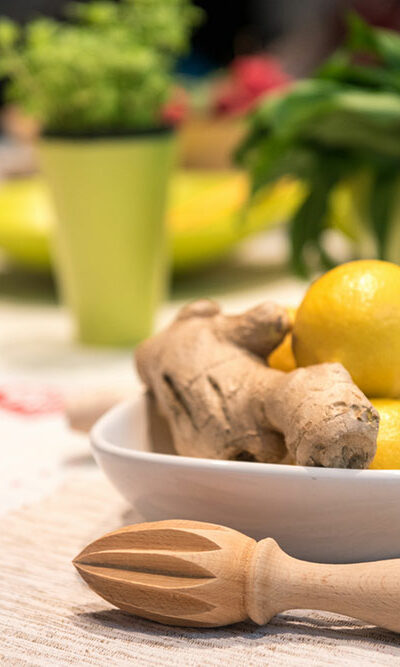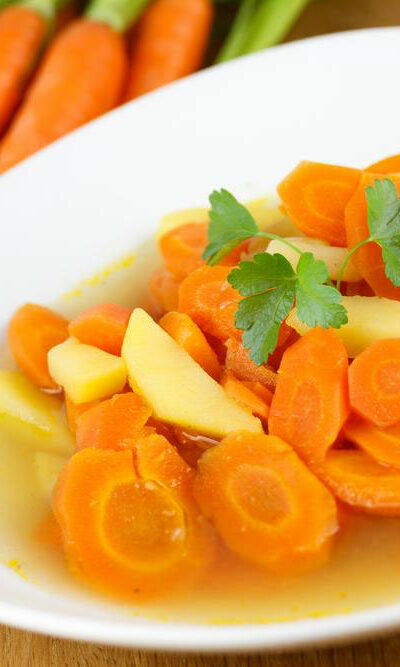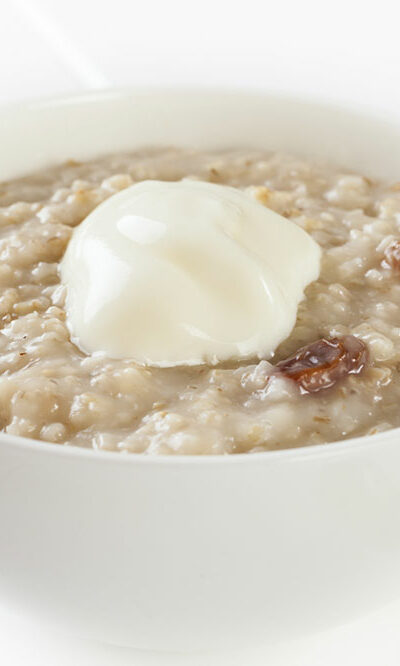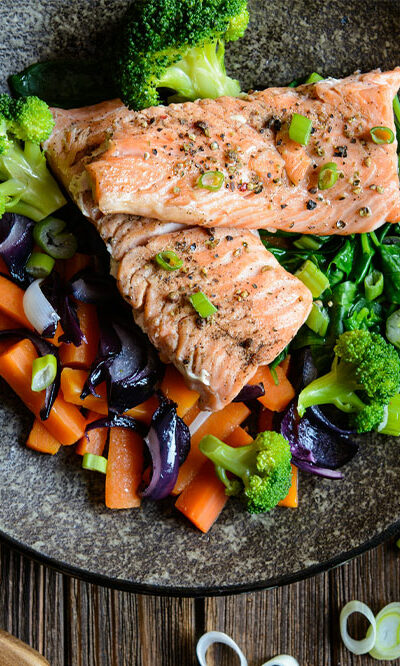
Treating Breast Cancer Using Home Remedies
Statistics show that one out of eight American women gets breast cancer during her lifetime. This type of cancer is the most common in women after lung cancer, and researchers discovered that between 1970-2014, the number of breast cancer cases have increased fourfold. Eating more plant-based foods, keeping a check on your body weight, and performing regular exercises may help you to treat breast cancer. There is no one magic food which can prevent or treat this disease on its own. The home remedies listed in this article for breast cancer will not treat this condition completely. They can, however, definitely boost your immune system, and even destroy cancerous tissues to some extent. These include: Garlic This spice is known for its anti-cancer properties because it contains phytochemicals and allyl-sulfur compounds. There are studies which show that garlic can inactivate carcinogens and repair DNA so that cancer loses its power to spread further. Garlic can successfully thwart the blood vessel growth inside the tumor. You can either use whole garlic or slice it to get a mild flavor. Broccoli Broccoli is another great addition to your diet when you are undergoing treatment for breast cancer. It is a cruciferous vegetable which contains glucosinolates, vitamin C, carotenoids, quercetin, and compounds that help deactivate carcinogens. These antioxidant components can decrease inflammation and boost the immune system. Grapes Grapes are a great source of resveratrol, which is a phytochemical known for its anti-cancer properties. There is proof to suggest that the chemical works as an antioxidant. It can retard cancerous cell growth inside the breast tissue. Green tea Green tea contains catechins which have antioxidant effects. It is also said to have anti-cancer properties. Vegetables Lignans present in sesame seeds, flaxseeds, broccoli, and kale are phytoestrogens that can reduce cancerous cell development inside the breast tissue.










